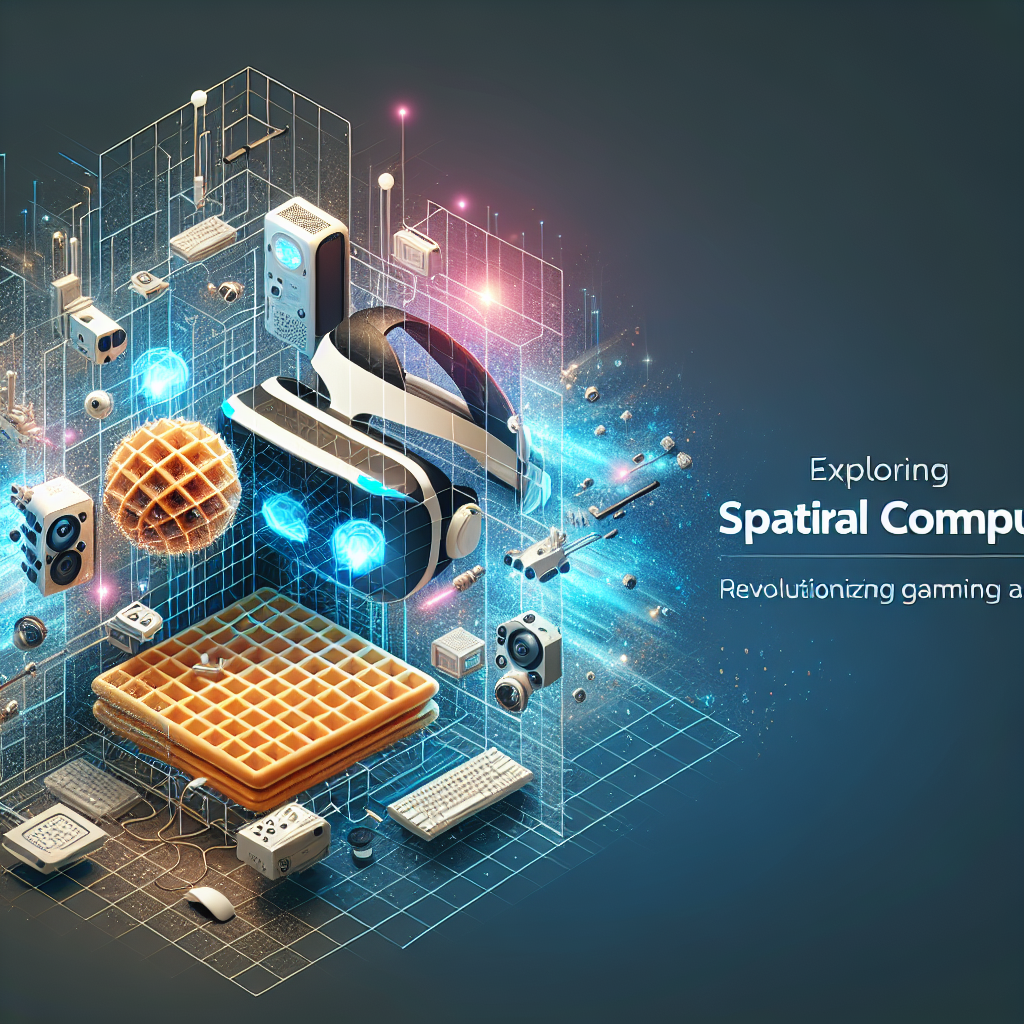Exploring Spatial Computing: Revolutionizing Gaming and Consumer Electronics
Posted on March 17, 2025

Spatial computing is revolutionizing the gaming and consumer electronics industries by integrating AR, VR, and sensor technologies to merge physical and virtual spaces. This tech enhances gaming experiences and consumer device interactions, though challenges like data security remain.
Spatial computing is transforming the way we interact with the digital world, blending physical and virtual realities to create immersive experiences. This technology, incorporating elements like AR, VR, and sensor technologies, allows digital objects to interact with the physical space in real-time. In gaming, spatial computing is pushing boundaries beyond traditional screens, offering gamers more engaging and interactive experiences. Titles such as 'Pokémon Go' and VR games like 'Half-Life: Alyx' showcase how real-world environments can become dynamic game settings.
In consumer electronics, spatial computing is enhancing how devices operate within our environment. Smart homes, for instance, can now detect the presence and movements of inhabitants, adjusting settings such as lighting and temperature automatically. Such advancements are not only enhancing user convenience but also pushing forward the capabilities of home automation. Moreover, in retail, AR mirrors and virtual fitting rooms change how consumers shop, offering a try-before-you-buy experience through virtual overlays that show how clothes fit without physically trying them on.
Challenges remain, such as the need for more robust data processing capabilities and concerns regarding privacy and data security. However, as technology progresses, these issues are gradually being addressed, paving the way for wider adoption of spatial computing. Looking forward, the continued evolution of spatial computing promises to further blur the lines between digital and physical, creating more seamless interactions in gaming and everyday electronics.


